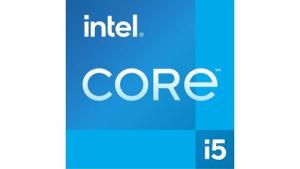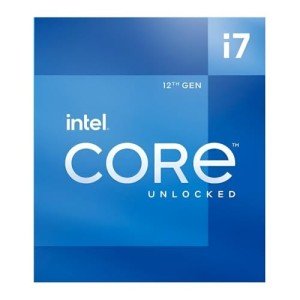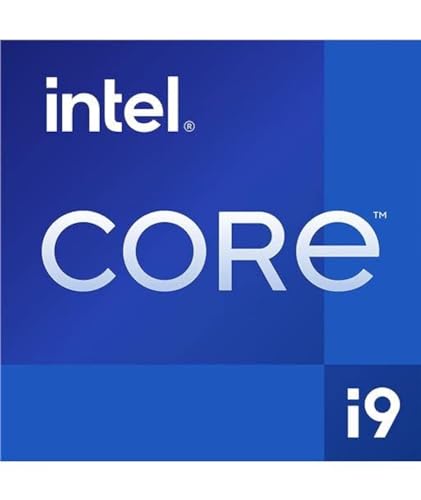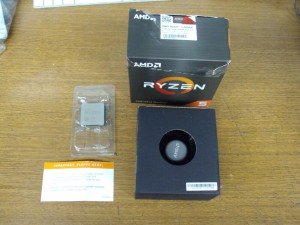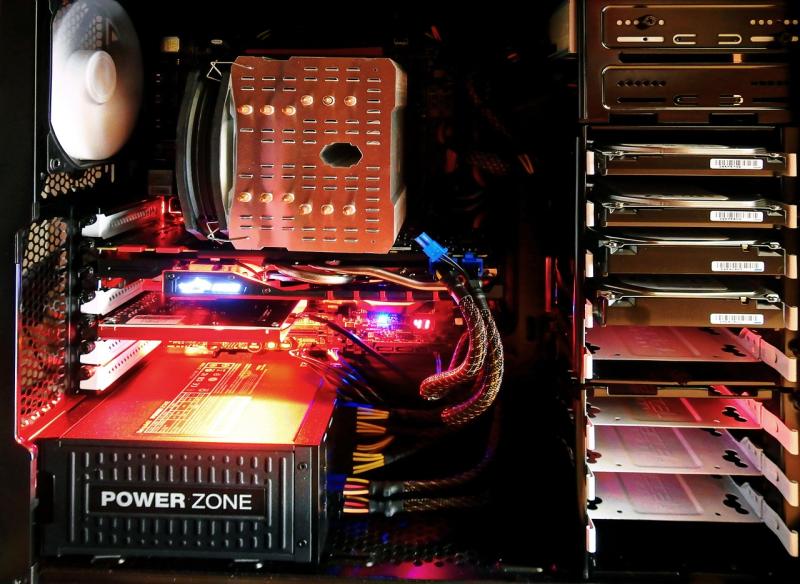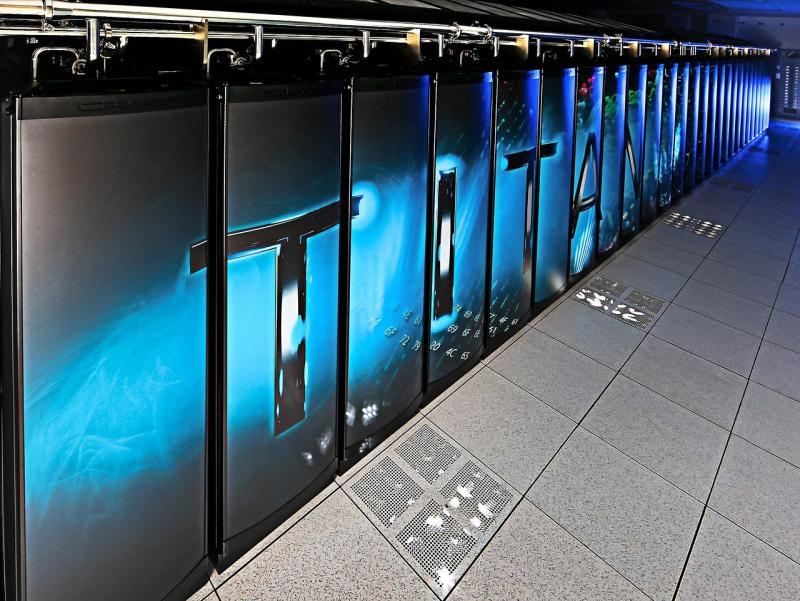Multithreaded applications benefit immensely from modern multi‑core processors, enabling parallel processing that accelerates complex tasks. Optimizing your high‑performance PC for multithreading can boost productivity in gaming, content creation, and enterprise applications.
Choose CPUs with high core counts and hyper‑threading capabilities to distribute workloads efficiently. Configure system software to leverage parallel processing through optimized thread scheduling and resource allocation. Overclocking cores within safe parameters and ensuring excellent cooling can further enhance multithreaded performance.
Enhancing multithreaded application performance requires a focus on advanced CPU technologies and systematic software optimization. With the right configuration and component selection, you can significantly reduce processing times and achieve exceptional multitasking efficiency.
Maximizing Multithreaded Performance: Ultimate Guide to Parallel Processing on High-Performance PCs
Modern multi-core processors have revolutionized computing by enabling true parallel processing. Whether you’re compiling large codebases, rendering video, running simulation suites, or juggling background tasks while gaming, multithreaded performance is key to reducing wait times and boosting responsiveness. This exhaustive guide covers everything from hardware selection and BIOS tuning to OS-level thread scheduling and advanced overclocking strategies—so you can unlock the full power of parallel processing.
1. Understanding Multithreading & Parallel Processing
Multithreading allows a single application to divide work into multiple threads that run concurrently on different CPU cores. Properly optimized, this technique can:
- Accelerate compute-heavy tasks by distributing them across many cores.
- Improve multitasking efficiency, letting background tasks run without stalling foreground applications.
- Enable real-time responsiveness in gaming and interactive simulations.
However, not all workloads scale linearly—overheads from thread synchronization, memory contention, and I/O can limit gains. The goal is to balance thread counts, core utilization, and resource allocation for maximum throughput.
2. Selecting the Ideal CPU for Parallel Workloads
A high-core-count CPU with hyper-threading (or SMT) provides the foundation for superior parallel processing optimization. Key factors include:
- Core & Thread Count: More cores handle more threads; hyper-threading doubles thread contexts.
- Base & Boost Frequencies: High clock speeds improve single-threaded performance and latency-sensitive tasks.
- Cache Hierarchy: Large L3 caches reduce memory access delays in multithreaded workloads.
- Memory Channels: Quad-channel DDR4/DDR5 support higher bandwidth for simultaneous thread access.
| CPU Model | Cores / Threads | Base / Boost (GHz) | Cache (MB) | Memory Support |
|---|---|---|---|---|
| Intel Core i9-13900K | 24 / 32 | 3.0 / 5.8 | 36 | DDR5-5600 |
| AMD Ryzen™ 9 7950X | 16 / 32 | 4.5 / 5.7 | 64 | DDR5-5200 |
| Intel Xeon W-3345 | 16 / 32 | 3.0 / 4.6 | 30 | DDR4-3200 ECC |
| AMD EPYC™ 7313P | 16 / 32 | 3.0 / 3.7 | 256 | DDR4-3200 ECC |
3. BIOS & Firmware Tweaks for Parallel Processing
Fine-tuning firmware settings can unlock extra cores and improve thread scheduling:
- Enable XMP/DOCP Profiles: Maximize memory bandwidth and timing consistency.
- Activate SMT/Hyper-Threading: Double logical cores for more simultaneous threads.
- Adjust Power Limits: Raise PL1/PL2 and short-term boost settings to prevent down-clocking under load.
- Distribute PCIe Lanes: Ensure GPUs and NVMe SSDs get full x8/x16 slots to avoid I/O bottlenecks.
- Update Firmware: Use the latest UEFI for improved CPU microcode, memory compatibility, and power-delivery optimizations.
4. Operating System & Thread Scheduling
Both Windows and Linux offer advanced controls for thread scheduling and CPU affinity:
Windows
- Use Task Manager → Details → Set affinity to bind critical processes to specific cores.
- Enable High Performance power plan and disable C-state sleep modes for consistent clock rates.
- Adjust Processor scheduling (System Properties → Advanced → Performance) to favor background services for server workloads.
Linux
- Choose the Performance or Low-Latency kernel for reduced scheduling latency.
- Use
tasksetto pin processes to CPU cores or NUMA nodes. - Leverage
cgroupsandnice/ioniceto prioritize I/O and CPU resources for high-priority tasks.
5. Software-Level Parallel Processing Techniques
Developers and power users can integrate multithreading principles into applications:
- Task Parallelism: Decompose workloads into independent tasks that map onto thread pools.
- Data Parallelism: Use SIMD, OpenMP, or CUDA to process large data sets across multiple cores/GPU units.
- Asynchronous I/O: Minimize blocking calls in network or disk operations with non-blocking APIs.
- Load Balancing: Monitor thread queue lengths and dynamically adjust work distribution to avoid idle cores.
6. Overclocking & Cooling for Sustained Throughput
Safe overclocking raises both clock speeds and performance per core—critical for high performance applications:
- Incremental Voltage Tuning: Increase Vcore in small steps, testing stability with Prime95 or Cinebench R23.
- AVX Offset: Apply AVX negative offset to prevent crashes under heavy vector workloads.
- Efficient Cooling: Use 360 mm AIO radiators or custom water loops for optimal heat dissipation.
- Thermal Paste & Mounting: Choose premium thermal compounds (e.g., liquid metal) and ensure even cold-plate contact.
7. Memory & I/O: Feeding the CPU Cores
Balanced memory and storage performance is essential to prevent starvation of processing threads:
- Multi-Channel Memory: Use quad-channel or octa-channel kits for maximum bandwidth.
- Low-Latency RAM: Select modules with tight timings (CL14–CL16) for reduced access delays.
- NVMe SSD Arrays: RAID 0 strips across multiple drives to maximize sequential throughput for large file operations.
- I/O Queue Depth: Tune NVMe or SAS queue depths to match application concurrency levels.
8. Benchmarking & Monitoring Multithreaded Efficiency
Quantify gains and identify bottlenecks with these tools:
- Cinebench R23: Industry standard for multi-core CPU scoring.
- Prime95 Torture Test: Stress-test all cores under AVX or non-AVX workloads.
- 3DMark CPU Profile: Analyze frame time consistency across 1–16 threads.
- Intel VTune / AMD μProf: Profile instruction-level parallelism and memory contention.
Monitor temperatures, power draw, and thread utilization in real time with HWMonitor, HWiNFO64, or Linux’s htop and powertop.
9. Real-World Use Cases
Gaming
Modern engines like Unreal 5 and Frostbite offload physics, AI, and audio onto background threads—freeing main cores for rendering at high frame rates.
Content Creation
Video encoding (HEVC/AV1), 3D rendering (Blender, V-Ray), and photo edits in batch mode scale linearly with additional cores.
Enterprise Computing
Databases (MySQL, PostgreSQL), container orchestration (Kubernetes), and virtualization (VMware, KVM) leverage multi-threading for high concurrency and low latency.
10. Future Trends in Parallel Processing
- Chiplet Architectures: AMD’s chiplet design and Intel’s Foveros 3D stacking enhance core density without yield penalties.
- ARM in Servers: Graviton and Ampere CPUs bring power-efficient many-core designs to the data center and workstation markets.
- Heterogeneous Computing: Unified CPU–GPU architectures (like Intel’s Xe HPC) blur the lines between cores for dynamic task allocation.
- AI-Driven Scheduling: Machine-learning schedulers optimize thread placement and voltage/frequency scaling in real time.
Conclusion
Optimizing for multithreaded performance is a multi-faceted endeavor—from choosing a CPU with abundant cores and hyper-threading to fine-tuning BIOS settings, OS schedulers, and software architectures. Combine these strategies with safe overclocking, robust cooling, balanced memory/I/O subsystems, and diligent benchmarking to achieve exceptional parallel processing efficiency. The result is a high-performance PC capable of powering the most demanding gaming, content creation, and enterprise workloads with unmatched multitasking prowess.
Ready to supercharge your parallel processing? Explore our online store’s selection of CPUs, cooling solutions, motherboards, and memory kits—everything you need for the ultimate multithreaded setup.

